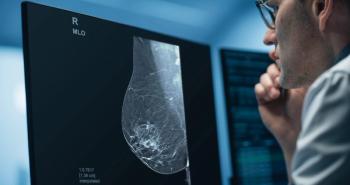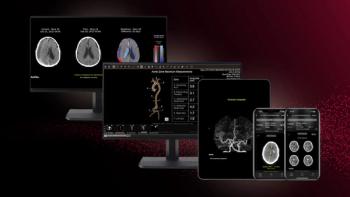
|Slideshows|October 6, 2009
Breast digital tomo reduces recalls, detects more cancer
Author(s)Rebekah Moan
Advertisement
Newsletter
Stay at the forefront of radiology with the Diagnostic Imaging newsletter, delivering the latest news, clinical insights, and imaging advancements for today’s radiologists.
Advertisement
Advertisement
Advertisement
Trending on Diagnostic Imaging
1
Top Five Radiology Content — November 2025
2
Top Five Radiology Video Interviews — November 2025
3
New PSMA PET/CT-Based AI Tool May Facilitate Monitoring of Treatment Response in Patients with PCa
4
Can CT-Based AI Provide an Objective Biomarker of Chronic Stress?
5




























